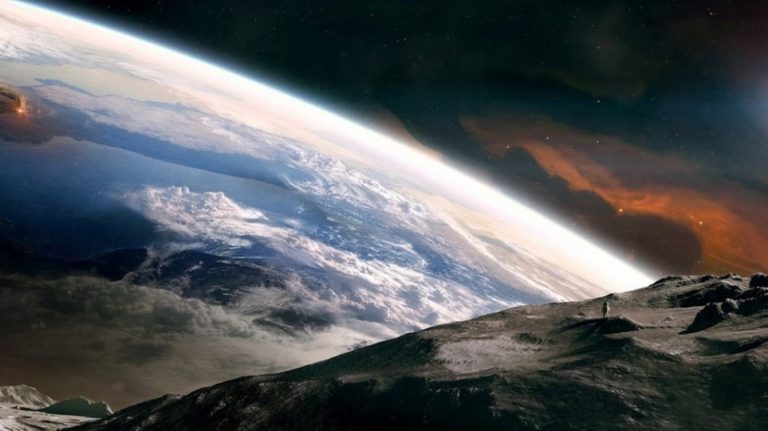An artificial intelligence algorithm has discovered 50 new potential planets that were missed by humans.
It analyzed data from telescope missions such as Nasa’s Kepler and TESS (Transiting Exoplanet Survey Satellite), which looks for signs of distant planets.
As well as being trained to recognize real planets, the algorithm could also detect false positives.
Once that was done, researchers from Warwick’s Departments of Physics and Computer Science, ran the algorithm against unconfirmed potential planets from Kepler data, finding the new worlds.
Previous machine learning tools have ranked planets’ likelihood of being planets, but have never been able to determine the probability that they are exoplanets, the scientists said.
EU Foreign Affairs Minister on hot mic: Turks are very upset with Greek-Egyptian agreement
Man fires shots against Trump supporters in drive-by attack
The 50 planets range from the size of Neptune to smaller than the Earth. Some have orbits that last as long as 200 days on Earth, while others spin around their respective stars as quickly as once a day.
With the help of the algorithm, astronomers can now better prioritize which are worthy of further explanation.
Read more: The Independence
Ask me anything
Explore related questions





